Scientists use James Webb Space Telescope to make 1st 3D map of exoplanet — and it's so hot, it rips apart water - Space
10/31/25 at 3:04am
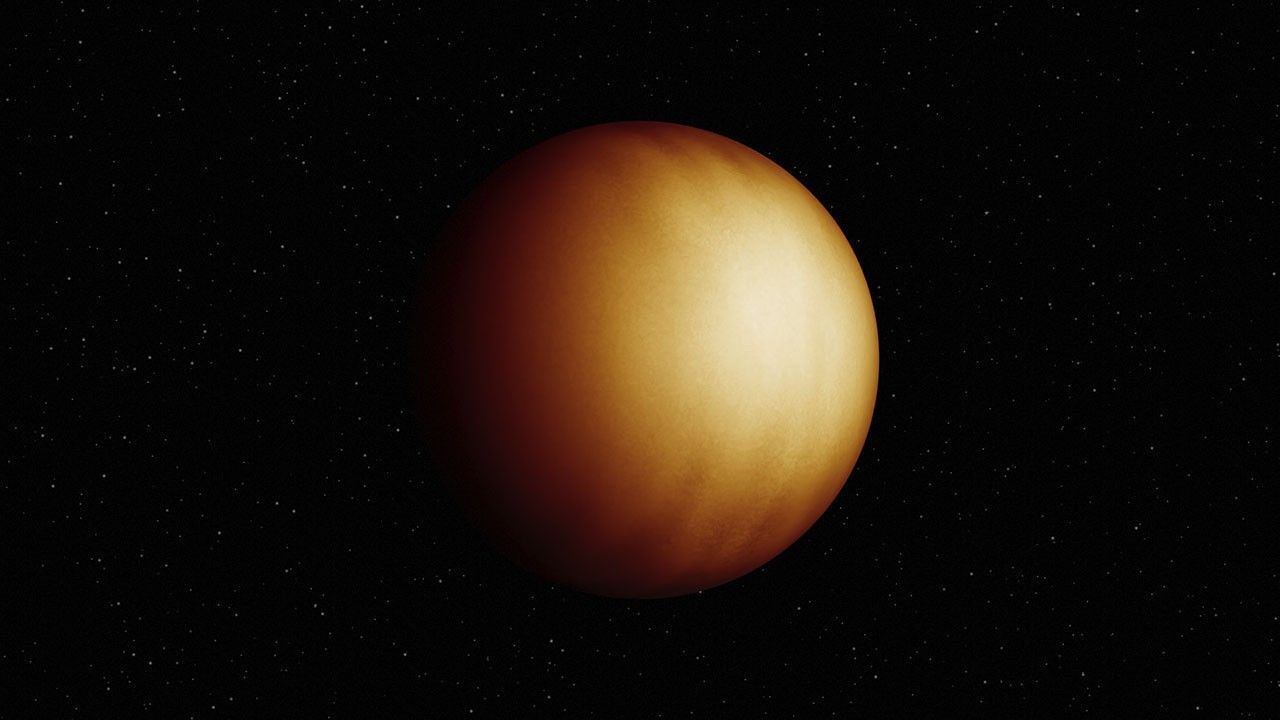
Scientists use James Webb Space Telescope to make 1st 3D map of exoplanet — and it's so hot, it rips apart water
Viewed by
You are the first to view
Scientists Discover the Fiery Secret Behind Earth’s Stable Continents and Life - Indian Defence Review
10/31/25 at 5:14pm

Scientists have uncovered a fiery secret from Earth’s past that explains how extreme heat forged the continents and made life possible.
Viewed by
You are the first to view
NASA Email: Upcoming Second Formal Furlough Notice - NASA Watch
11/1/25 at 11:31am

Shutdown furlough: Upcoming second formal furlough notice and additional information
Viewed by
You are the first to view
Evidence for improved DNA repair in long-lived bowhead whale - Nature
10/31/25 at 3:04am
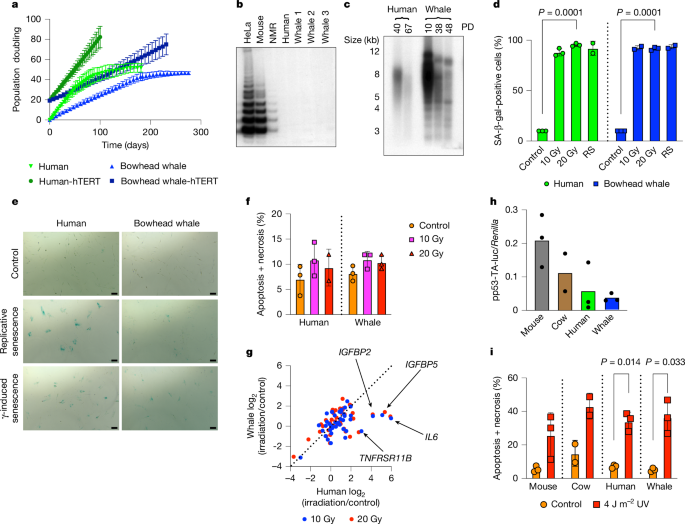
Analysis of the longest-lived mammal, the bowhead whale, reveals an improved ability to repair DNA breaks, mediated by high levels of cold-inducible RNA-binding protein.
Viewed by
You are the first to view
A pangenome and pantranscriptome of hexaploid oat - Nature
10/31/25 at 3:04am
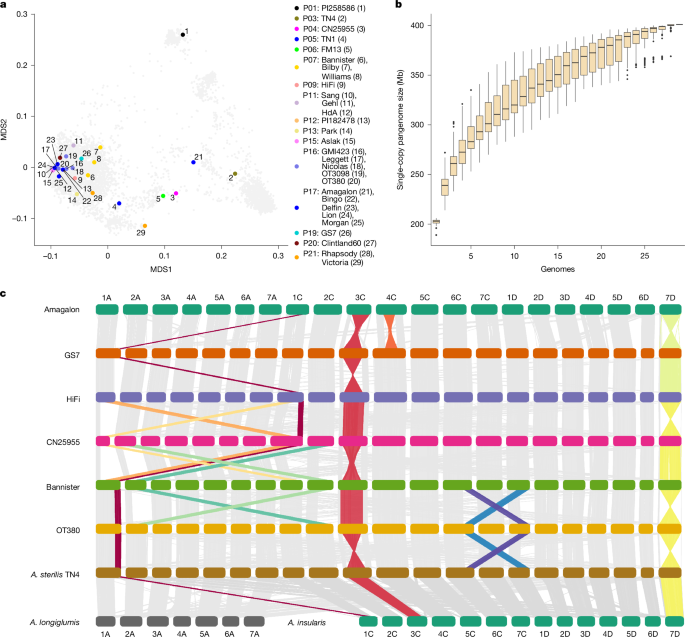
A pangenome of oat, assembled from 33 wild and domesticated oat lines, sheds light on the evolution and genetic diversity of this cereal crop and will aid genomics-assisted breeding to improve productivity and sustainability.
Viewed by
You are the first to view
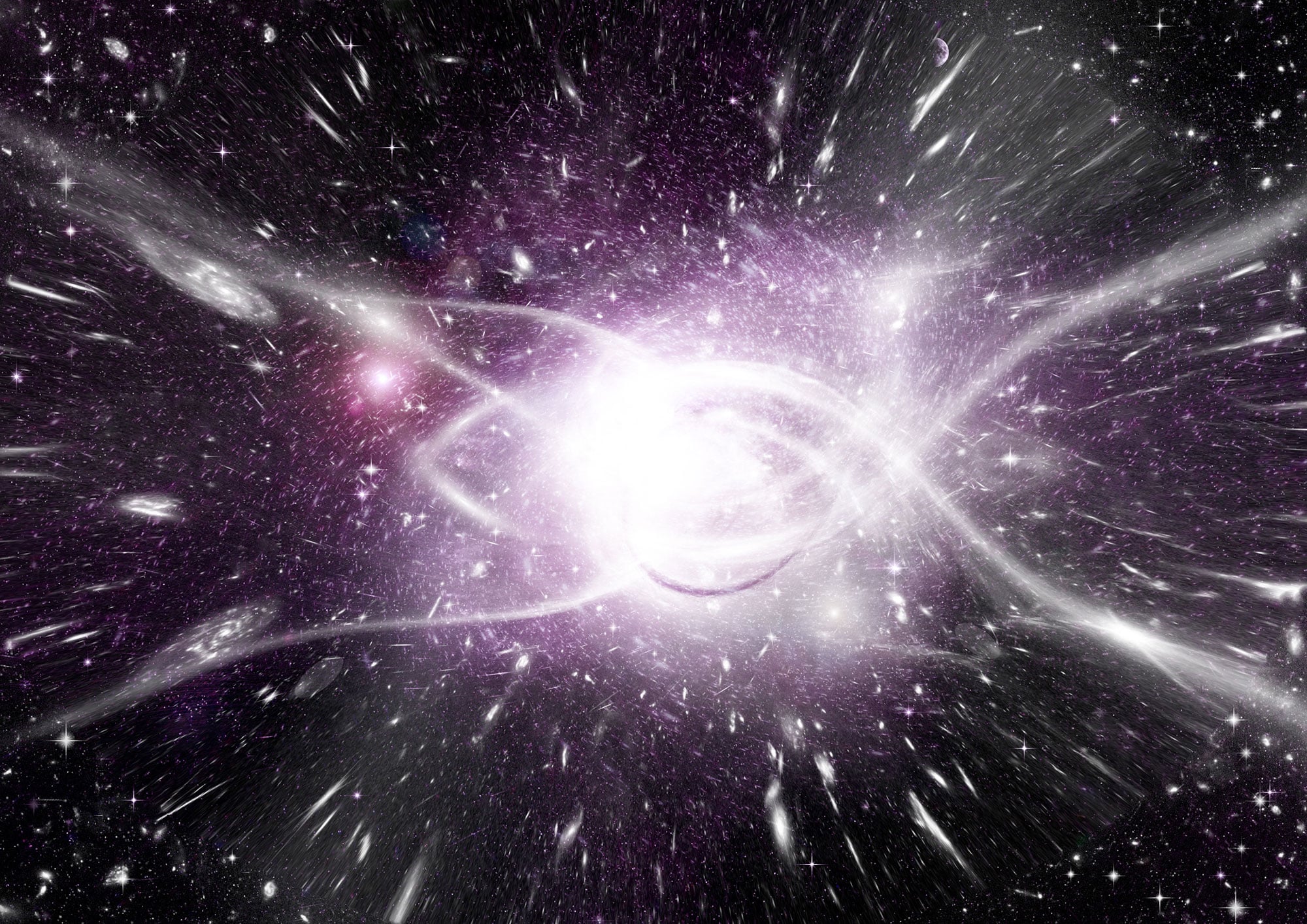
Researchers have moved one step closer to solving one of science’s greatest mysteries—why the universe is filled with matter instead of nothing. Scientists at Indiana University have made a major advance in understanding how the universe came to exist. Their …
Viewed by
You are the first to view
Baleen whales found to excrete nutrients that boost primary productivity in the ocean by up to 10% - Phys.org
11/1/25 at 11:31am

Scientists have been aware for some time that whales contribute to marine ecosystems by "recycling" nutrients. However, the exact impact on ocean productivity was unclear and had not been studied quantitatively. A new study, published in the journal Proceedin…
Viewed by
You are the first to view
Helicase-mediated mechanism of SSU processome maturation and disassembly - Nature
10/31/25 at 5:14pm
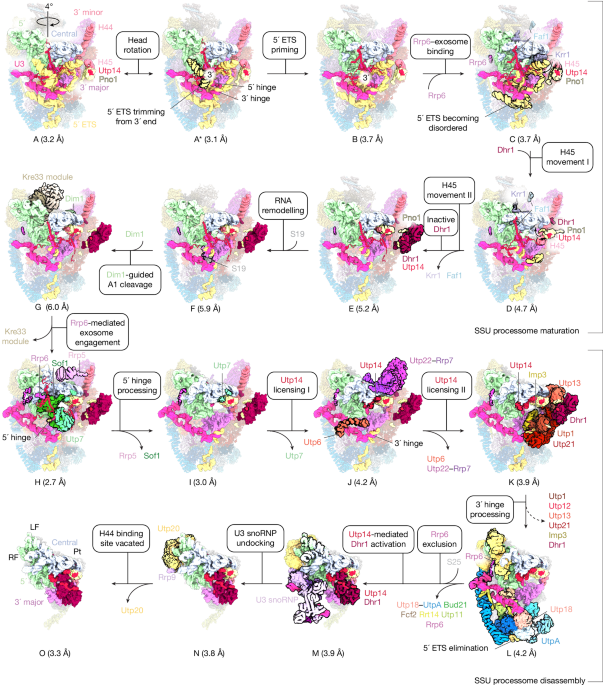
Structural studies of 16 native yeast ribosomal small subunit processome structures provide insights into the mechanisms governing the transformation into a pre-40S particle.
Viewed by
You are the first to view
Nanobody-based recombinant antivenom for cobra, mamba and rinkhals bites - Nature
10/31/25 at 3:04am

A recombinant antivenom composed of eight nanobodies provides broad protection against venom-induced lethality and dermonecrosis in mice challenged with venoms from cobras, mambas and rinkhals snakes.
Viewed by
You are the first to view
I'm a personal trainer who works with seniors: This is my joint-friendly workout for clients over 50 to build strength and boost coordination - Tom's Guide
10/31/25 at 5:14pm

Support longevity with these trainer-recommended low-impact jump exercises.
Viewed by
You are the first to view
Scientists Find Strange Lights in the Sky in Photographs Before First Satellites Were Launched, Clustered Around When Nuclear Weapons Were Tested - Futurism
10/31/25 at 3:04am
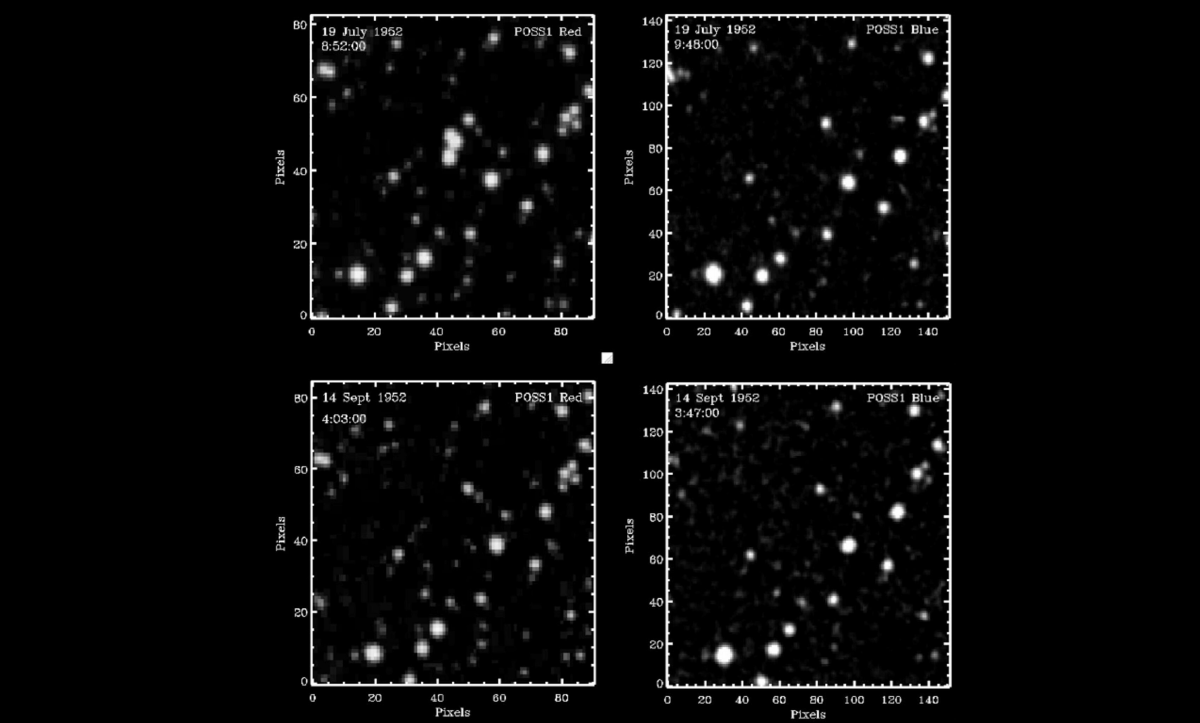
A recent survey uncovered several mysterious objects in the night sky, photographed before the first satellite ever made it to space.
Viewed by
You are the first to view
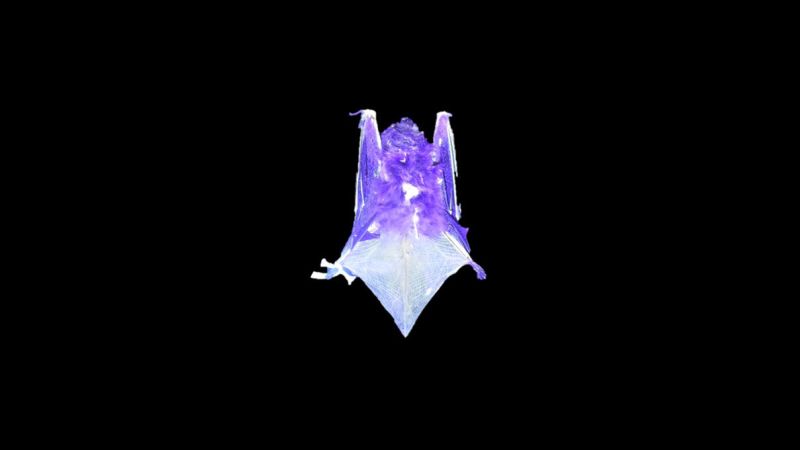
Six species of North American bats glow under ultraviolet lighting, according to a new study. Researchers don’t know why certain mammals exhibit this odd trait.
Viewed by
You are the first to view
Enormous black hole unexpectedly found in tiny galaxy - Space
10/31/25 at 3:04am
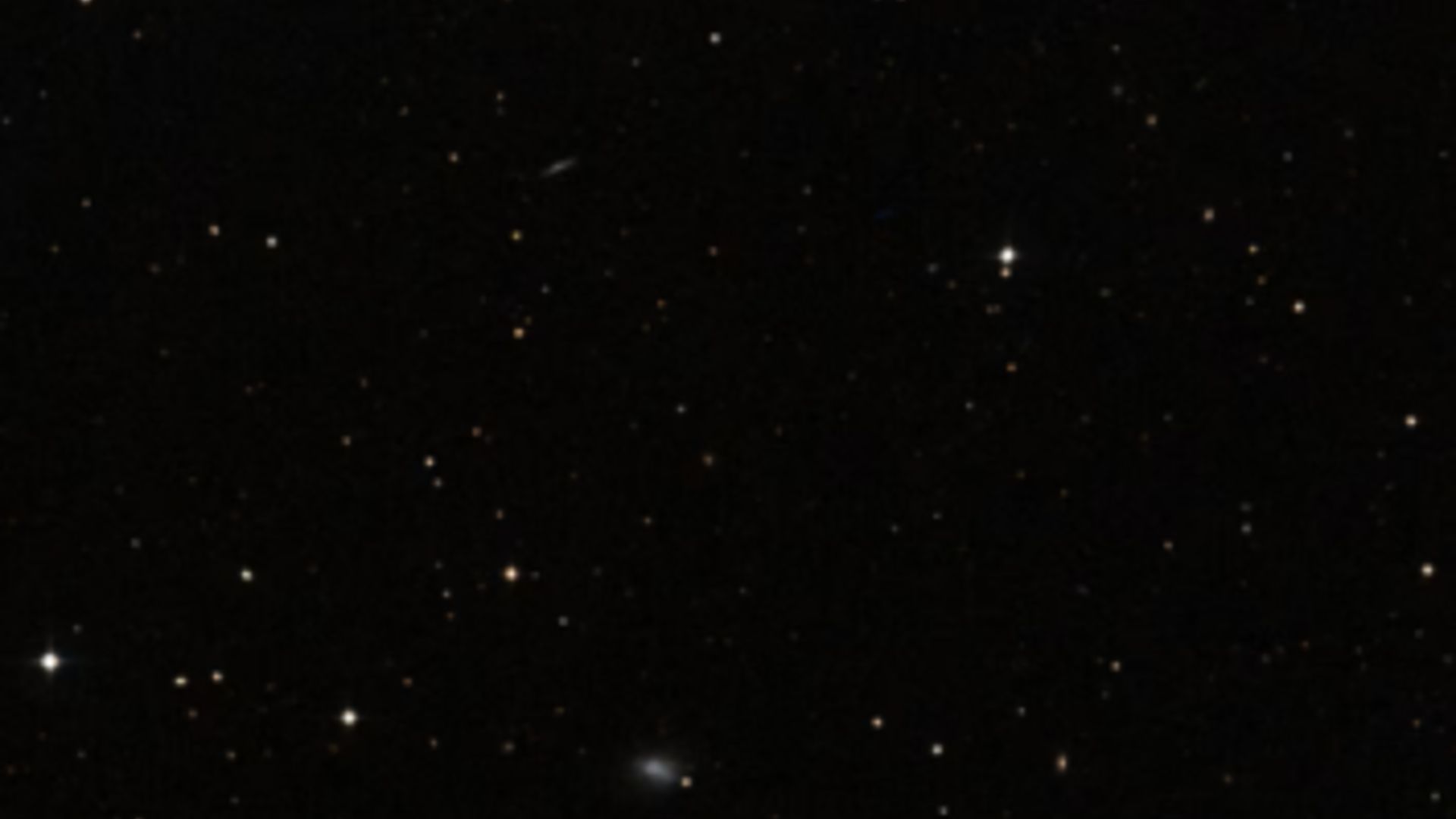
Enormous black hole unexpectedly found in tiny galaxy
Viewed by
You are the first to view
Colossal new dinosaur's fossil is so large that it broke the road during transport - Earth.com
10/31/25 at 3:04am
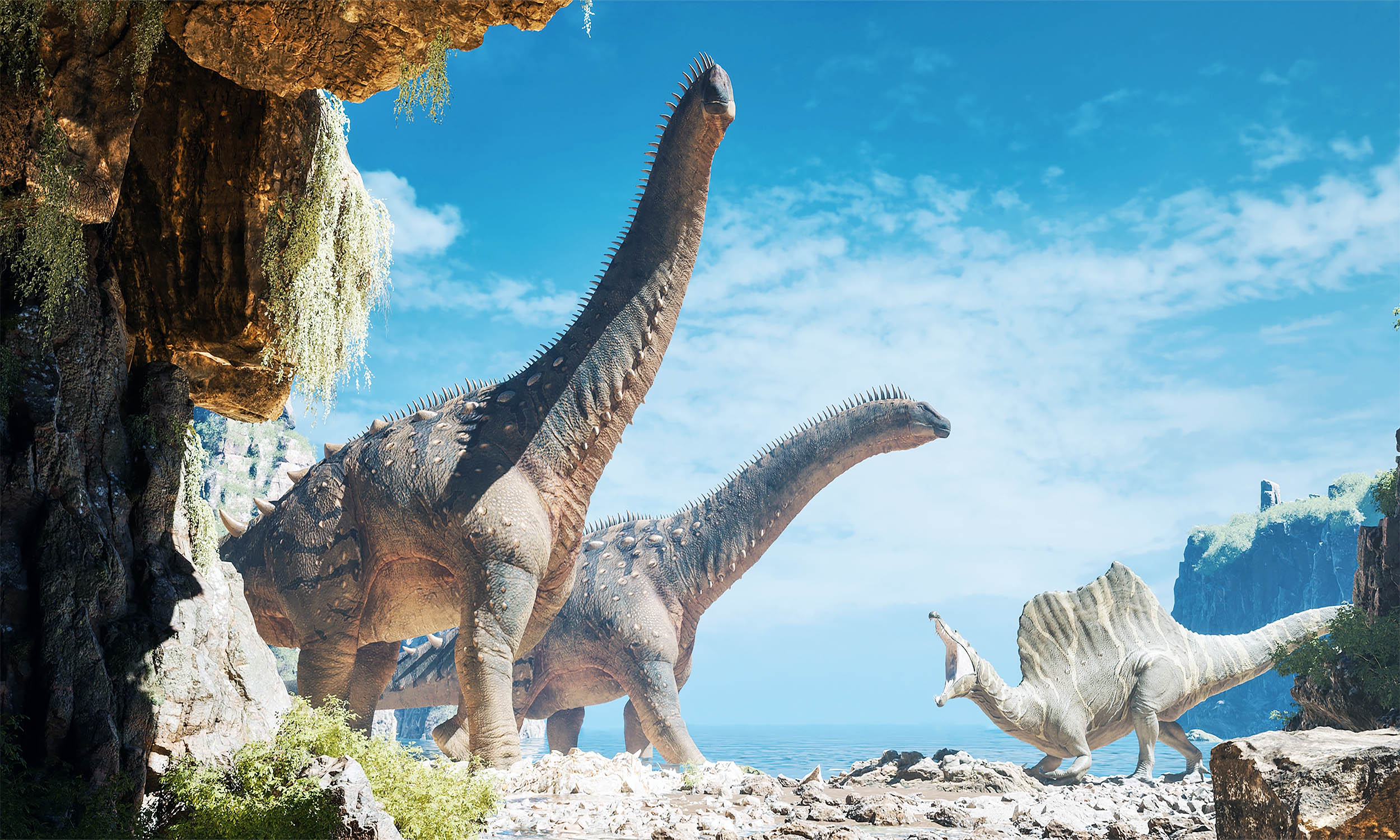
Argentine scientists reveal Chucarosaurus diripienda, a giant 30-meter titanosaur found in Patagonia that challenges evolutionary theories.
Viewed by
You are the first to view
Carlo Rovelli’s Radical Perspective on Reality - Quanta Magazine
10/31/25 at 3:04am
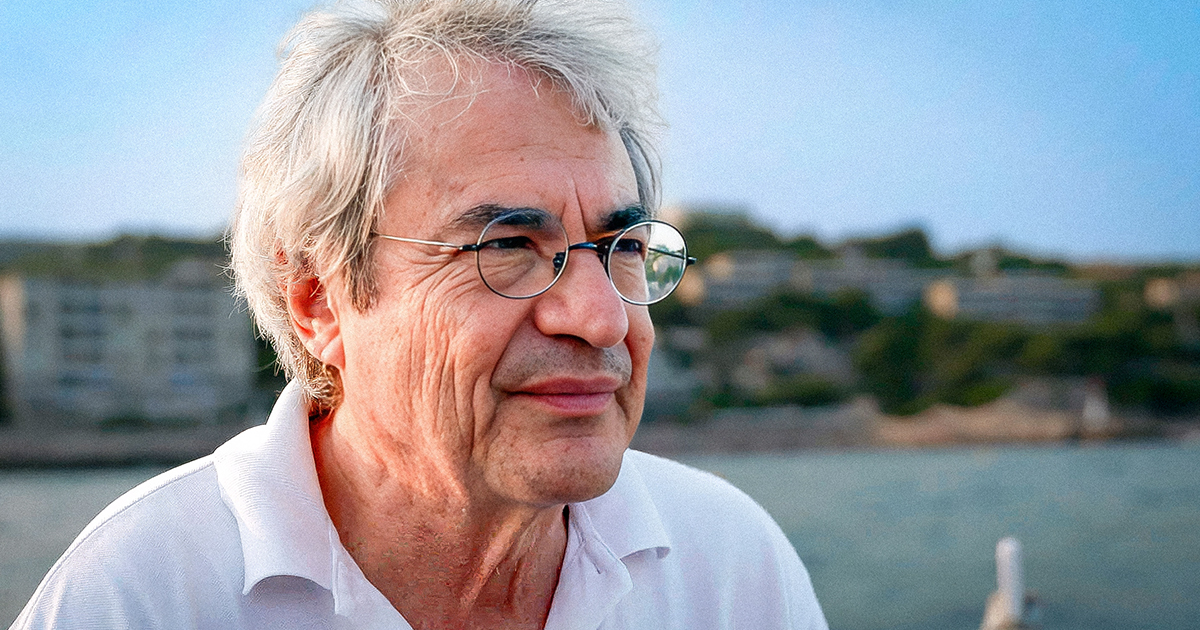
The theoretical physicist and best-selling author finds inspiration in politics and philosophy for rethinking space and time.
Viewed by
You are the first to view
Mercury shines farthest from the sun in the evening sky on Oct. 29 - Space
10/31/25 at 5:14pm

Mercury shines farthest from the sun in the evening sky on Oct. 29
Viewed by
You are the first to view
First-ever 'mummified' and hoofed dinosaur discovered in Wyoming badlands - Live Science
10/31/25 at 3:04am

Researchers have unearthed two dinosaur "mummies" in the badlands of Wyoming, confirming duck-billed dinosaurs had hooves, alongside a string of other discoveries.
Viewed by
You are the first to view
Sun's far side erupts in satellite image photo of the day for Oct. 29, 2025 - Space
10/31/25 at 5:14pm
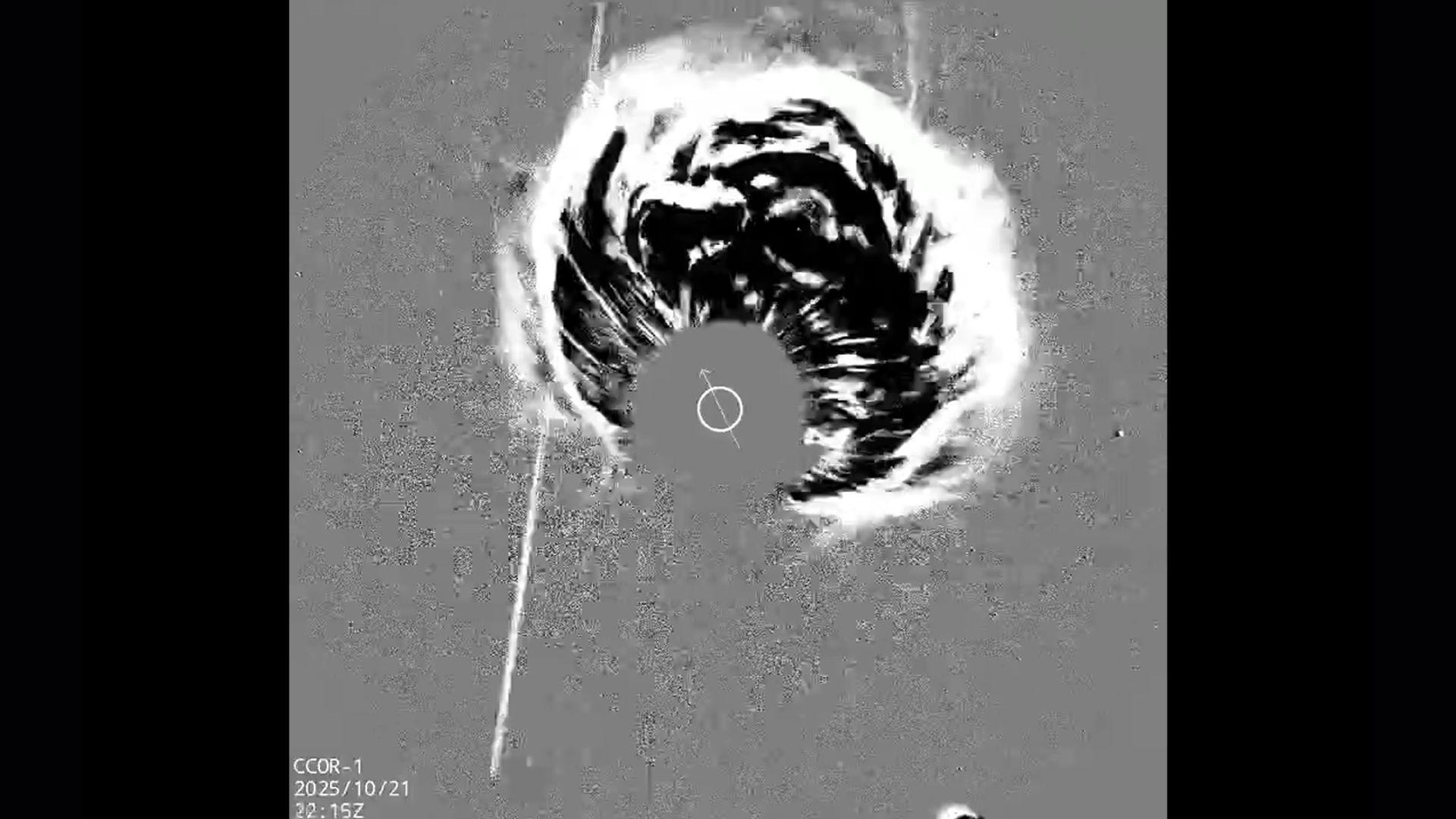
Sun's far side erupts in satellite image | Space photo of the day for Oct. 29, 2025
Viewed by
You are the first to view
Scientists Discover Strange Microbes Deep in Earth's Crust That Appear to Be Colonizing the Planet's Surface - Indian Defence Review
10/31/25 at 3:04am

Buried deep beneath the Earth’s surface, scientists have uncovered a mysterious group of microbes unlike anything known before.
Viewed by
You are the first to view
Scientists Found a Question So Hard, Even Quantum Computers Can’t Answer It - Yahoo
10/31/25 at 5:14pm

Identifying quantum phases of matters has quantum computers stumped and could represent a boundary to physical observation itself.
Viewed by
You are the first to view
NASA races to keep Artemis II on schedule, even when workers aren’t being paid - Ars Technica
10/31/25 at 3:04am

“I do think we’re rapidly approaching the point where it will be a significant impact.”…
Viewed by
You are the first to view
Can we find water ice on the moon? Only if we know where to look, scientists say - Space
10/31/25 at 3:04am
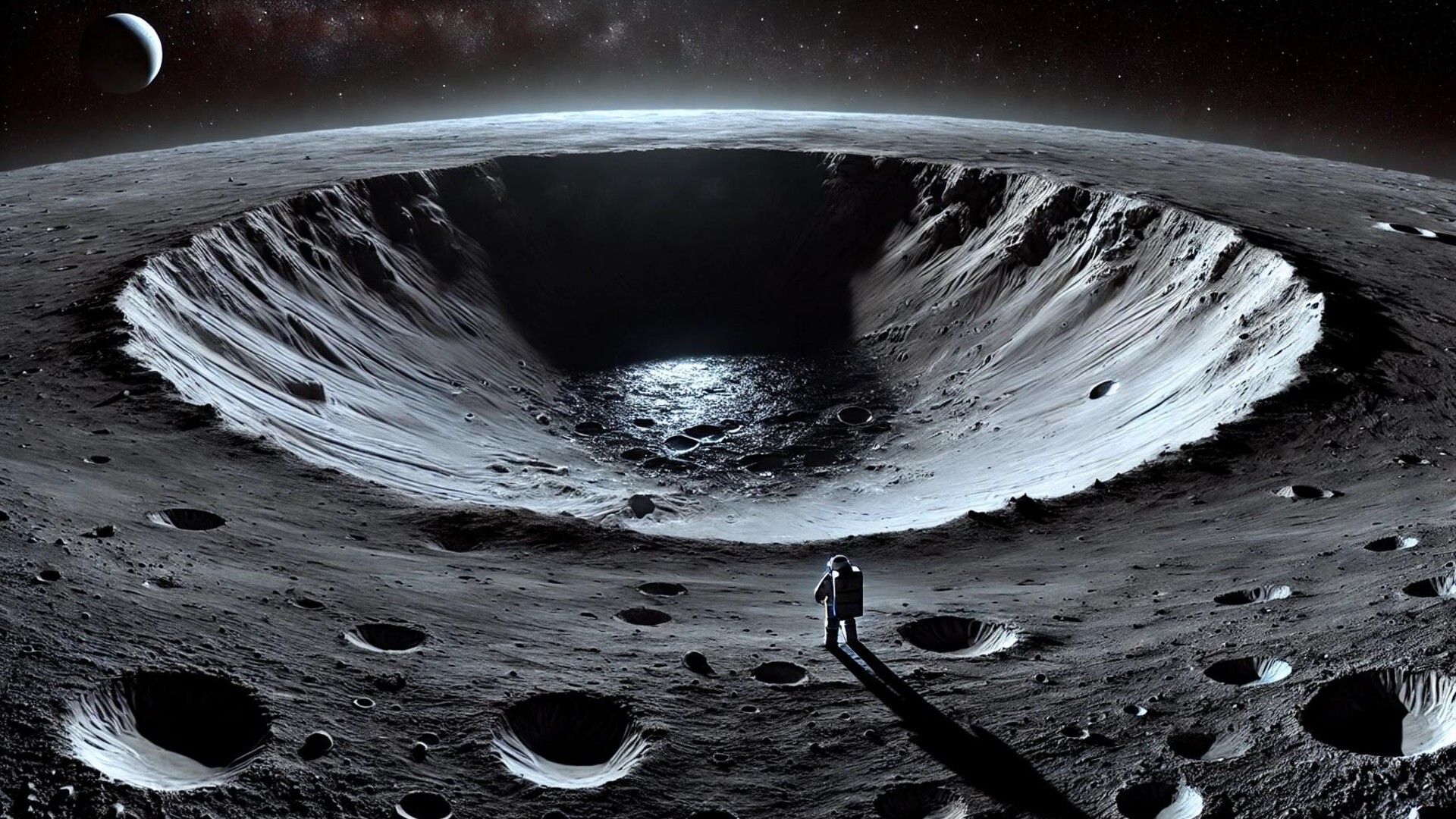
Can we find water ice on the moon? Only if we know where to look, scientists say
Viewed by
You are the first to view
What happens to matter when it gets sucked into a black hole? - Yahoo
11/1/25 at 11:31am

Centuries before anyone pointed a telescope at the sky, Isaac Newton figured out how gravity works. He showed that any object with mass pulls on every other ...
Viewed by
You are the first to view
7 basic science discoveries that changed the world - Nature
10/31/25 at 3:04am

Ozempic, MRI machines and flat screen televisions all emerged out of fundamental research decades earlier — the very types of study being slashed by the US government.
Viewed by
You are the first to view

Comet Lemmon — C/2025 A6 (Lemmon) — and Comet SWAN — C/2025 R2 (SWAN) — are the first comets visible in binoculars since Comet Tsuchinshan-ATLAS in October 2024.
Viewed by
You are the first to view